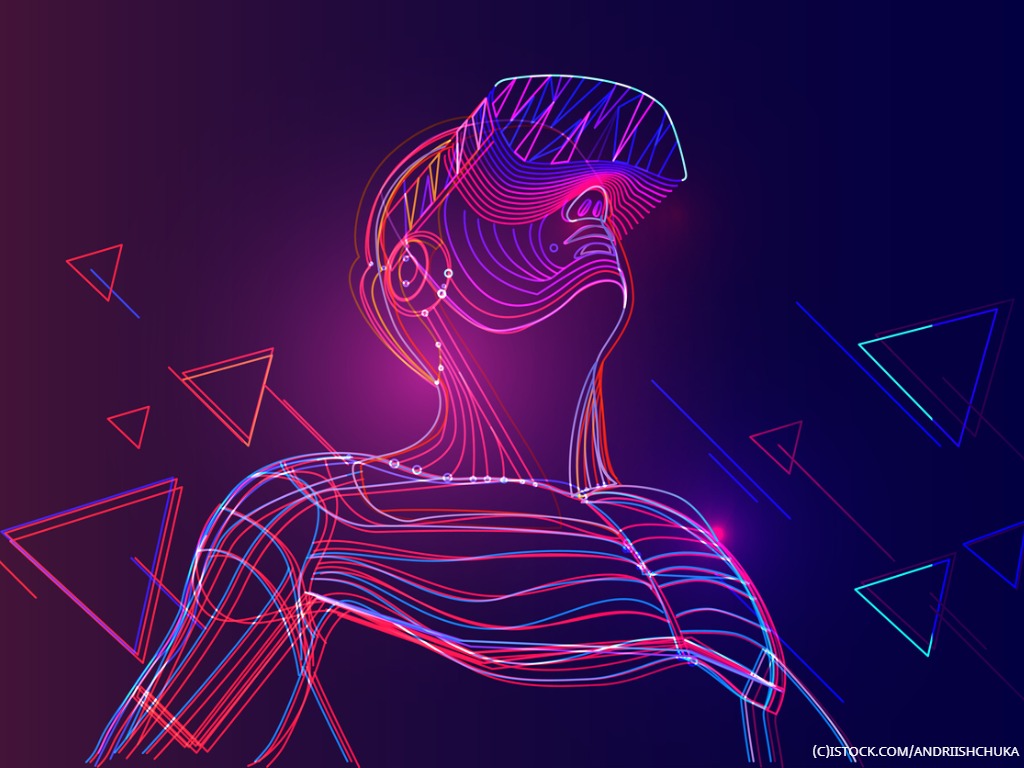
As brands around the world respond to the ongoing disruptive trends and scrabble to re-shape the way they engage with their customers, what we are witnessing is an explosion of immersive digital experiences.
It might seem that up until a few months ago immersive digital interactions were more of a cherry on the top rather than the actual bun. Has the recent enforced social distancing changed our daily habits for good?
On the one hand we have seen a surge of digital experiences from behind the scenes museum tours to virtual visits of national parks. It could be argued that this is an ideal time for people to invest in the likes of an Oculus-Go to get the full experience of climbing Mount Everest from the comfort of their sofa, or taking a tour of the NASA space station. But to date sales of VR headsets have not seen much of an upsurge.
Instead it seems we have chosen to up the volume on our shopping experiences – the likes of livestreaming has turned e-commerce into an increasingly social experience. In China livestreaming is now a “go-to” option for shoppers who use it to research new products and help them to decide what to buy.
Up until recently, in the West, livestreaming was mostly used in gaming, entertainment and social media. From watching live news broadcasting on YouTube Live, following work out videos in real time on Instagram Live, through to asking beauty bloggers questions as they stream a skincare tutorial on Facebook Live, livestreaming is now much more than watching strangers play video games on Twitch.
And now the scale of growth is accelerating further. According to Bloomberg, live video on Facebook has increased 50% since January. This is due, in no small part, to the fact that people around the world have been in lockdown.
Live commerce allows brands to interact with their customers and create buzz around new products. Any e-commerce platform that incorporates livestream offers their audience a textured experience of simultaneously watching an influencer and peer whom they like and trust.
Beauty brands in particular have been using livestreaming for some time and now other sectors are getting into the immersive swing of things.
Both the health and fitness sectors are a perfect fit for immersive experiences. Limited access to gyms won’t last but some of the new brands on the block may be addictive enough for us to change our habits for good.
Supernatural takes the full-body workout into virtual reality, Mirror links us to top trainers and other fitness fans all from the comfort of our home and Peloton takes us cycling on any terrain we choose without getting our wheels dirty.
These kind of new workout systems are creating an entire ecosystem of new services that are partnering with music, video and livestreaming to help consumers ‘be their best selves’.”
Healthcare is another natural fit as companies such as Eko keep patients connected to their care teams from the safety and comfort of their homes. Patient-facing applications can video chat with their providers and navigate the likes of a self-operated stethoscope exam.
We live in an age where the idea of live broadcast is ubiquitous with digital streaming; what ten years ago was considered “TV” is today expected to be at our fingertips on our mobile devices.
While broadcast media has enjoyed a massive digital revolution through mobility and accessibility, the fundamental experience of broadcast hasn’t changed. Whether you turn on a TV or tap to watch on your mobile, the viewing experience has largely remained a 16:9 ‘boxed window’ of events edited to give you as much perspective as possible.
The next real big advance for immersive experience relies on Virtual Reality (VR) to truly deliver a new age experience.
In February 2020 Scott Buchholz, Deloitte’s emerging tech research director, told CNN Business that “[The VR market] is likely to continue to grow, particularly as we see an increasing convergence of AR and VR gear, as well as prices continuing to drop and capabilities continuing to rise”.
I would have thought that this social distancing period might have spelt a boom period for VR headsets, yet, surprisingly this does not seem to be the case. As our lives continue to be disrupted this may change.
Certainly being able to enjoy live concerts, take personalised fitness classes, have our health properly monitored and discuss our skincare requirements with an expert are just some of the experiences we can enjoy without having to leave our home.
The very fact that consumers around the world have been forced to shop, entertain, educate and socialise remotely will undoubtedly impact the way we consume in the future and brands in every sector need to learn how best to tap into the power of immersive digital.

Interested in hearing leading global brands discuss subjects like this in person?
Find out more about Digital Marketing World Forum (#DMWF) Europe, London, North America, and Singapore.






